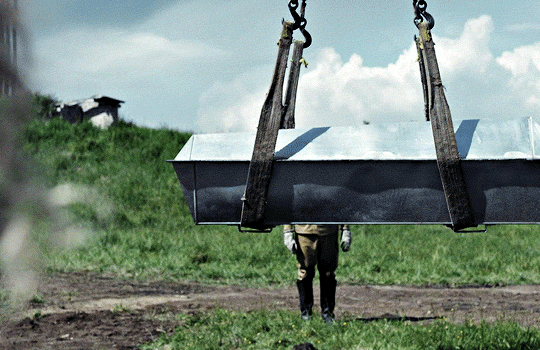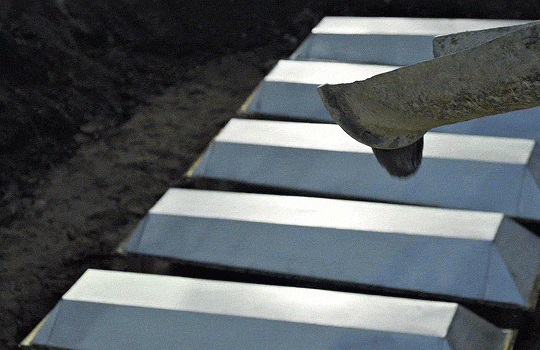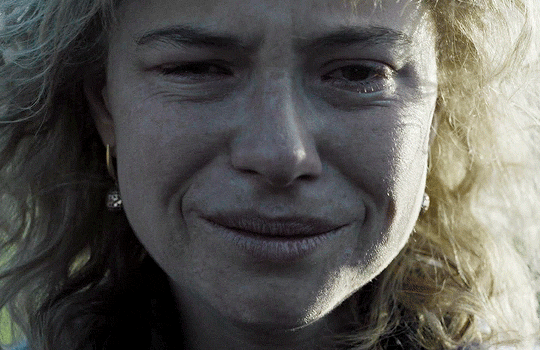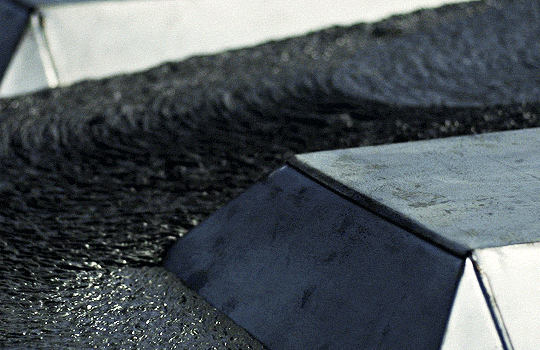duncan-shepherd:“Firefighters rushed to the scene without special equipment or a clear understanding
duncan-shepherd:“Firefighters rushed to the scene without special equipment or a clear understanding of the potential risks; they had not been trained to deal with a nuclear explosion, because such training would have involved acknowledging that an explosion was possible. They kicked at chunks of radioactive graphite that had fallen around the reactor, and their boots stuck to the melting, flammable bitumen that had been used, against all safety regulations, to coat the roofs of the plant’s buildings. Efforts to douse mysteriously fizzy, incandescent fires only made the conflagrations seethe with radioactive steam. (These fires probably contained uranium dioxide, one of the fuels used in the reactor.)Feeling hot, the firefighters unbuttoned their jackets and took off their helmets. After less than thirty minutes they began to vomit, develop excruciating headaches, and feel faint and unbearably thirsty. One drank highly radioactive water from the plant’s cooling pond, burning his digestive tract. Over the next few hours, the exposed firefighters and plant workers swelled up, their skin turning the eerie purple of radiation burn. Later it would turn black and peel away. After evacuation and treatment in Moscow, many of these first responders died and were buried in nesting pairs of zinc caskets. Their graves were covered with cement tiles to block the radiation emanating from their corpses.”NYBOOKS -- source link
Tumblr Blog : ansonmount.tumblr.com




